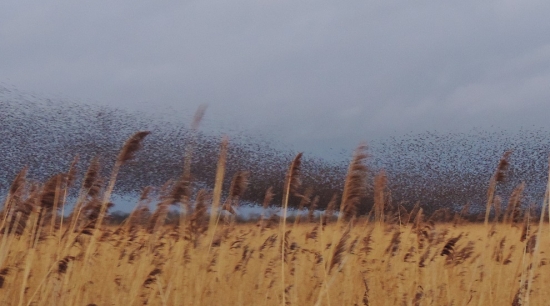News archive
See the starlings before they leave
- Details
- 04 March 2016
The 2015-16 starling murmuration season will soon be starting to draw to a close. However, the Royal Society of Biology and The University of Gloucestershire, would still like the public to submit records of any sightings to their Starling Survey, in order to find out more about this mysterious behaviour.

Dr Anne Goodenough MRSB, research lead at The University of Gloucestershire, said:
"Many of the birds that form the huge and impressive murmuration displays across the UK are actually individuals that have migrated from areas such Norway and Sweden for the winter to avoid the coldest weather.
"These visiting birds join UK-resident individuals for a few months and it is partly this population increase that gives the 'critical mass' of birds necessary for the huge displays that people have been recording in the Starling Survey.
"As we enter spring, the visitors will migrate back north to breed, and our own resident starlings will start to disperse from murmuration sites to set up their own individual breeding territories. So, if you want to catch this phenomenon, head out over the next two or three weeks!"
A new zoomable 2015-16 murmuration map shows the location of over 1,000 murmuration records.
Find out more and submit your sighting records to the Starling Survey.
Follow the survey on Twitter @starling_survey.

